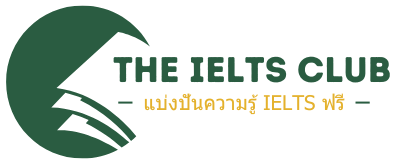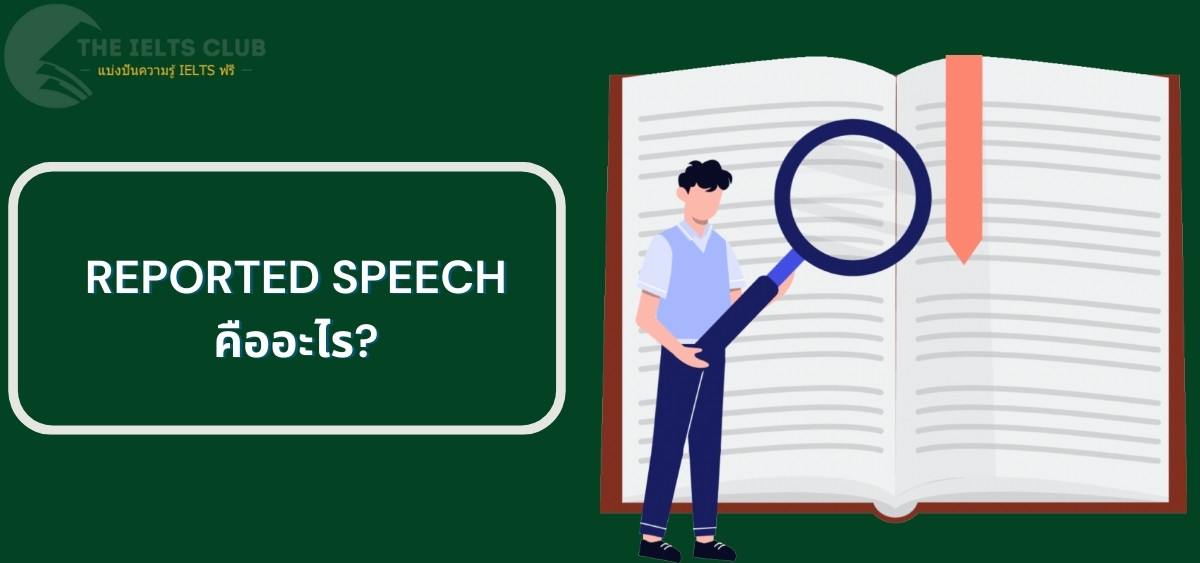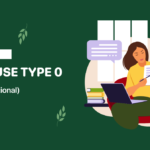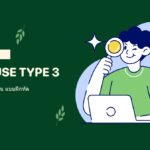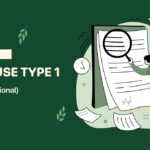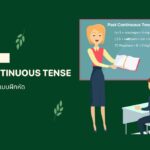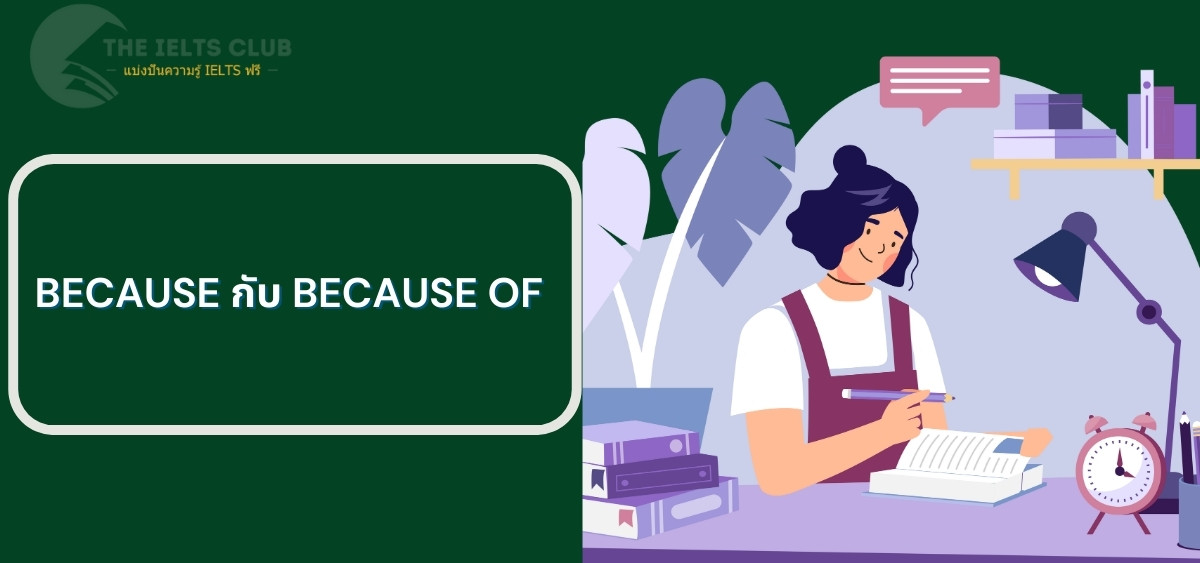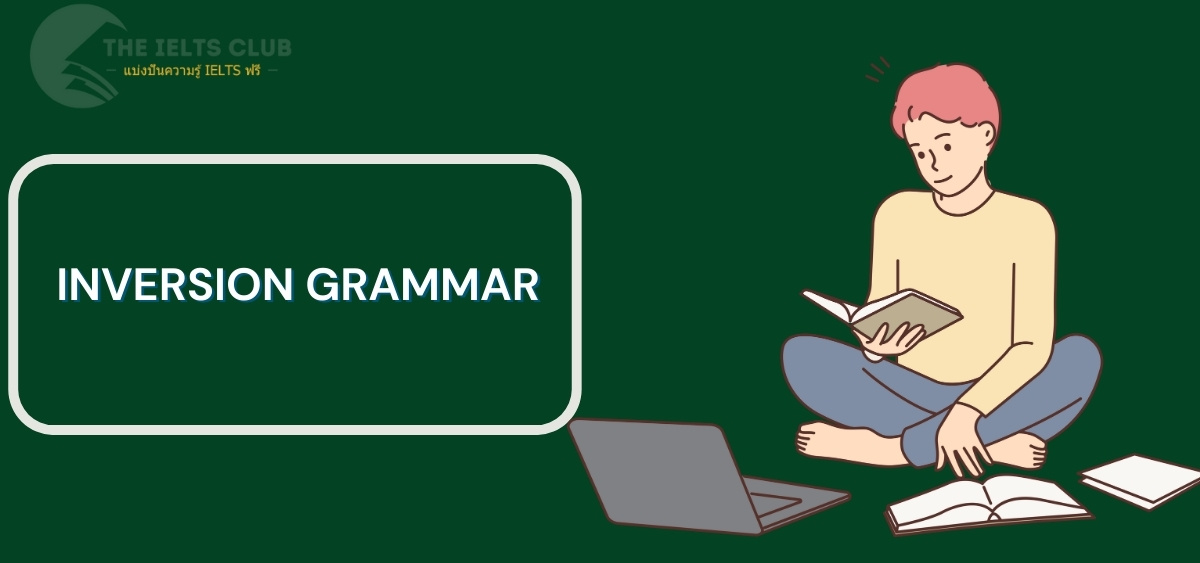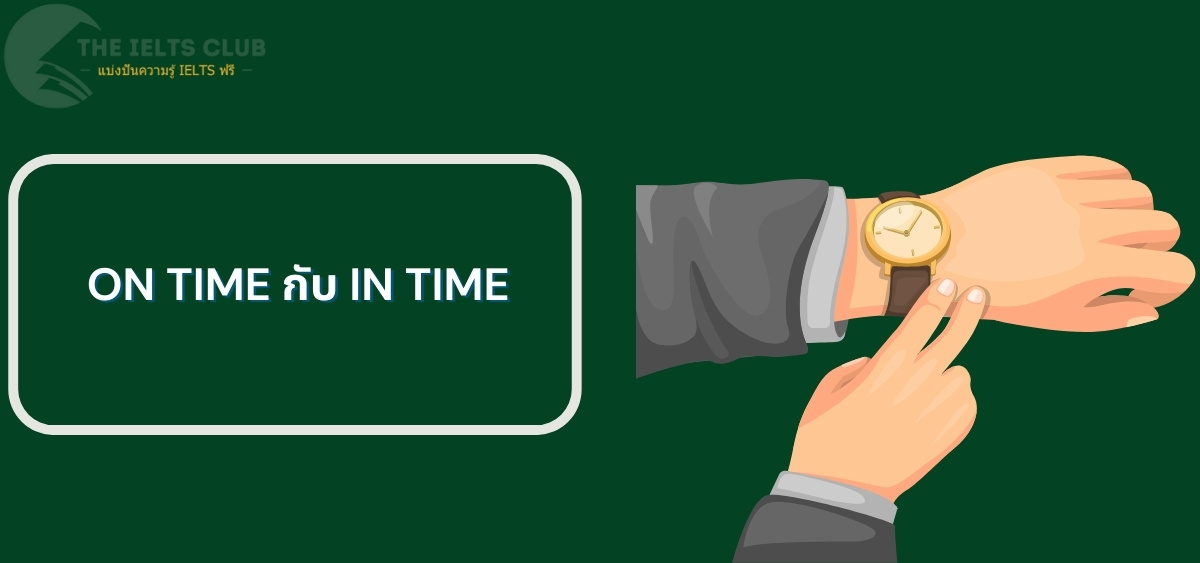ในบทความนี้เราจะมาทำความเข้าใจเกี่ยวกับ Reported Speech หรือ การพูดในรูปแบบรายงาน โดยจะแนะนำประเภทต่างๆ และหลักการแปลง Direct Speech เป็น Reported Speech พร้อมตัวอย่างและแบบฝึกหัดเพื่อช่วยพัฒนาทักษะภาษาอังกฤษของคุณ
I. Reported Speech คืออะไร
Reported Speech หรือ การพูดในรูปแบบรายงาน คือการนำคำพูดของผู้อื่นมาเล่าใหม่ในรูปแบบของเราเอง โดยไม่ต้องใช้คำพูดตรงๆ จากต้นฉบับ การใช้ Reported Speech จะช่วยให้เราสามารถถ่ายทอดสิ่งที่คนอื่นพูดในลักษณะที่เข้าใจง่ายขึ้นและไม่ซ้ำซ้อน
ตัวอย่างการใช้:
- Direct Speech: He said, “I am going to the store.”
- Reported Speech: He said that he was going to the store.
(เขาพูดว่าเขากำลังจะไปที่ร้าน)
การใช้ Reported Speech มักจะพบในบทสนทนาและการเขียนที่เราต้องการเล่าเรื่องหรือข้อมูลที่ได้รับจากผู้อื่น
II. ประเภทของ Reported Speech
การใช้ Reported Speech สามารถแบ่งออกเป็นหลายประเภท ขึ้นอยู่กับประเภทของประโยคที่เราใช้ เช่น ประโยคแสดงข้อเท็จจริง, คำถาม, คำสั่ง และคำแนะนำ โดยจะมีหลักการใช้งานที่แตกต่างกันไป
1. Reported Speech ในประโยคแสดงข้อเท็จจริง (Statements)
ประโยคที่เป็นข้อเท็จจริงมักจะใช้ “that” เพื่อเชื่อมประโยค และกริยาหลักจะเปลี่ยนเป็น past tense (อดีต)
ตัวอย่าง:
- Direct Speech: She said, “I like coffee.”
- Reported Speech: She said that she liked coffee.
(เธอบอกว่าเธอชอบกาแฟ)
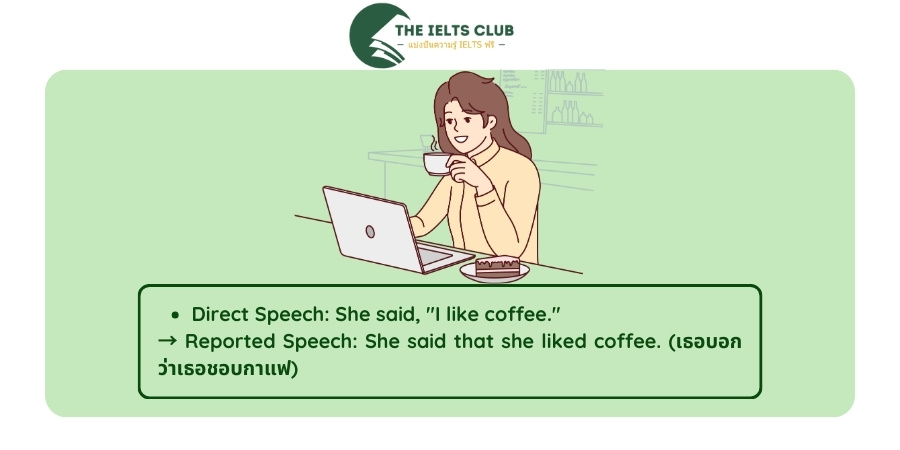
ในกรณีที่คำพูดใน Direct Speech เป็นความจริงที่ยังคงเป็นจริงในปัจจุบัน การเปลี่ยนเป็น Reported Speech จะทำให้ประโยคง่ายขึ้นโดยไม่จำเป็นต้องใช้ “that”
ตัวอย่าง:
- Direct Speech: “The earth orbits the sun.”
- Reported Speech: The earth orbits the sun.
(โลกหมุนรอบดวงอาทิตย์)
2. Reported Speech ในประโยคคำถาม (Questions)
1. คำถามที่ตอบด้วยใช่/ไม่ใช่ (Yes/No Questions)
การใช้ Reported Speech สำหรับคำถามที่ตอบด้วยใช่หรือไม่ (Yes/No Questions) เราจะใช้ if หรือ whether ในการเชื่อมคำถามกับประโยคหลัก
ตัวอย่าง:
- Direct Speech: “Are you coming to the party?”
- Reported Speech: She asked if I was coming to the party.
(เธอถามว่าฉันจะไปงานปาร์ตี้ไหม)
2. คำถามที่ใช้คำถาม Wh- (Wh- Questions)
ในกรณีที่คำถามเริ่มต้นด้วย Wh- (Who, What, Where, When, Why, How) เราจะนำ Wh- word นั้นมาใช้ใน Reported Speech โดยไม่ต้องใช้ if/whether
ตัวอย่าง:
- Direct Speech: “What time does the train leave?”
- Reported Speech: She asked what time the train left.
(เธอถามว่าเวลารถไฟออกกี่โมง)
3. Reported Speech ในประโยคคำสั่งและการขอร้อง (Commands, Requests)
คำสั่งและการขอร้องใน Reported Speech มักจะใช้ to + infinitive หลังจากคำกริยารายงาน (reporting verb) เช่น tell, ask, order เพื่อแสดงการกระทำที่ต้องการให้ผู้อื่นทำ
ตัวอย่าง:
- Direct Speech: “Please sit down.”
- Reported Speech: He asked me to sit down.
(เขาขอให้ฉันนั่งลง)
4. Reported Speech ในคำแนะนำและข้อเสนอ (Suggestions)
คำแนะนำและข้อเสนอใน Reported Speech จะใช้ should หรือ had better ในการแสดงคำแนะนำ
ตัวอย่าง:
- Direct Speech: “You should try this restaurant.”
- Reported Speech: She suggested that I should try this restaurant.
(เธอแนะนำให้ฉันลองร้านอาหารนี้)
III. วิธีแปลง Direct Speech เป็น Reported Speech
การแปลง Direct Speech เป็น Reported Speech มีขั้นตอนที่ต้องปฏิบัติตาม ดังนี้:
1. ขั้นตอนที่ 1: เลือกคำกริยารายงาน (Reporting Verb)
คำกริยารายงานที่ใช้บ่อยใน Reported Speech ได้แก่ say, tell, ask, advise, suggest ขึ้นอยู่กับประเภทของคำพูดที่ต้องการรายงาน
ตัวอย่าง:
- She said that she was going to the store.
- He advised me to take an umbrella.
2. ขั้นตอนที่ 2: เปลี่ยน tense ของกริยาใน Direct Speech ให้เป็นอดีต
เมื่อเปลี่ยน Direct Speech เป็น Reported Speech กริยาภายในประโยคต้องเปลี่ยนเป็น past tense โดยทั่วไป
- Present Simple → Past Simple
- Present Continuous → Past Continuous
- Present Perfect → Past Perfect
ตัวอย่าง:
- Direct Speech: “I will go to the park.”
- Reported Speech: He said that he would go to the park.
(เขาพูดว่าเขาจะไปที่สวนสาธารณะ)
3. ขั้นตอนที่ 3: เปลี่ยนสรรพนามและคำคุณศัพท์ที่แสดงความเป็นเจ้าของ
การเปลี่ยนสรรพนามใน Direct Speech ให้สอดคล้องกับผู้พูดใน Reported Speech ก็เป็นสิ่งที่ต้องระวัง
ตัวอย่าง:
- Direct Speech: “I am going to the store.”
- Reported Speech: She said that she was going to the store.
(เธอบอกว่าเธอกำลังจะไปที่ร้าน)
4. ขั้นตอนที่ 4: ปรับคำที่บ่งบอกเวลาและสถานที่
คำที่บ่งบอกเวลาใน Direct Speech อาจต้องเปลี่ยนเป็นคำที่เหมาะสมใน Reported Speech เพื่อให้ประโยคสมบูรณ์และเข้าใจได้
ตัวอย่าง:
- Direct Speech: “I will see you tomorrow.”
- Reported Speech: He said that he would see me the next day.
(เขาบอกว่าจะเจอฉันในวันถัดไป)
อ้างอิง: ประโยคซ้อนในภาษาอังกฤษ (Complex sentence)
IV. แบบฝึกหัดการใช้ Reported Speech
มาลองฝึกแปลง Direct Speech เป็น Reported Speech กันดู!
คำถาม:
- “I am tired,” she said. → She said _______________.
- “Where are you going?” he asked. → He asked _______________.
- “Don’t be late!” he told me. → He told me _______________.
- “You should visit the museum,” she said. → She suggested _______________.
- “I need your help,” she said. → She said that __________.
- “Where are you going?” he asked. → He asked __________.
- “Don’t touch that!” the teacher said. → The teacher told __________.
- “I have finished my work,” John said. → John said that __________.
คำตอบ:
- She said that she was tired.
- He asked where I was going.
- He told me not to be late.
- She suggested that I should visit the museum.
- She said that she needed my help.
- He asked where I was going.
- The teacher told us not to touch that.
- John said that he had finished his work.
Reported Speech หรือ การพูดในรูปแบบรายงาน เป็นทักษะที่สำคัญในการถ่ายทอดข้อมูลจากคำพูดของผู้อื่นให้ถูกต้องและมีความหมายในภาษาอังกฤษ การเข้าใจการใช้ Reported Speech และการแปลง Direct Speech ให้เป็น Reported Speech จะช่วยให้การพูดและเขียนของคุณมีความหลากหลายและเป็นธรรมชาติมากยิ่งขึ้น
